Choosing the right CNC router bit is crucial for achieving optimal precision, efficiency, and quality in any CNC machining project. Whether you’re cutting wood, plastic, metal, or composite materials, the selection of your bit directly impacts the outcome of your work. With a vast array of CNC router bit types available, understanding their characteristics and applications can significantly improve your results.
This guide dives into expert-level strategies and insights to help you select the perfect CNC router bit for your specific needs. We’ll explore bit geometry, material compatibility, cutting techniques, and maintenance to equip you with the knowledge necessary to make smart, informed decisions.
Understand the Core CNC Router Bit Types and Their Functions
The foundation of choosing the right bit starts with knowing the common CNC router bit types and their specific uses. The most frequently used bit types include straight bits, spiral bits (up-cut and down-cut), ball-nose bits, V-bits, and engraving bits. Each type is engineered to serve a different function, such as roughing, finishing, carving, or fine detailing. For example, a straight bit is excellent for general-purpose cutting, while a ball-nose bit is preferred for 3D contouring and detailed sculpting.
Spiral bits, which come in up-cut, down-cut, and compression variations, are popular due to their clean edge finishes and versatility. Up-cut bits pull chips away from the surface, making them suitable for deeper cuts, while down-cut bits push chips downward, offering cleaner top edges. Compression bits combine both effects and are perfect for laminated materials. Understanding how these different CNC router bit types perform is the first step toward choosing the right one for your project.
Match Bit Material and Coating with Your Workpiece
An often-overlooked factor in selecting CNC router bit types is the material composition of the bit itself. Bits are typically made from high-speed steel (HSS), solid carbide, or carbide-tipped steel. HSS bits are more affordable and ideal for soft materials like MDF or plywood, but they wear out quickly when used with hard or abrasive materials. Solid carbide bits, while more expensive, last longer and maintain sharpness, making them suitable for hardwoods, plastics, and aluminum.
Additionally, specialized coatings such as titanium nitride (TiN), diamond, or zirconium can greatly enhance performance. These coatings increase heat resistance and reduce friction, enabling higher cutting speeds and improved durability. For example, diamond-coated bits are highly recommended for composite materials and abrasive surfaces. By aligning your bit material and coating with the characteristics of your workpiece, you ensure longer tool life, cleaner cuts, and better overall efficiency.
Choose the Right Flute Count and Geometry for Chip Removal
The geometry and number of flutes on a CNC router bit directly influence chip evacuation, surface finish, and cutting speed. Bits with fewer flutes (typically 1 or 2) are ideal for soft materials and high-speed operations. They allow for better chip clearance, which reduces the risk of clogging and overheating. This makes single-flute bits a top choice for cutting plastics, aluminum, and soft woods.
On the other hand, bits with more flutes (such as 3 or 4) offer smoother finishes but require slower feed rates and produce more heat. These are typically used for hardwoods or when a fine finish is critical. Geometry also plays a crucial role—bits with a helical flute design help with efficient chip evacuation, while straight flutes are better suited for projects that require minimal tear-out. Selecting the proper flute count and geometry is essential for matching the bit’s capabilities to the desired cut quality and material characteristics.
Consider Bit Size and Shank Diameter for Precision and Stability
Bit size—including cutting diameter, overall length, and shank diameter—plays a significant role in the quality and precision of your cuts. Larger diameter bits are excellent for roughing and removing large amounts of material quickly. Smaller bits, by contrast, are used for detailed work, engraving, or creating tight corners in designs. Choosing the correct size is essential to balance efficiency and detail.
The shank diameter also affects the bit’s stability during high-speed routing. A thicker shank provides better stability, reducing vibration and deflection, which improves accuracy and prolongs tool life. However, your CNC machine must be compatible with the chosen shank size. Always verify your machine’s collet size and ensure proper fitment to avoid wobble or breakage. Using the right combination of bit and shank size ensures smoother operation, reduced wear, and enhanced precision in your CNC projects.
Align Bit Type with Your Desired Finish and Cutting Strategy
Your desired edge quality and overall finish should guide your selection of CNC router bit types. For example, if you’re aiming for a polished, clean edge on acrylic, a single-flute up-cut bit works well, thanks to its ability to evacuate chips cleanly and minimize melting. For hardwood furniture or cabinetry, a down-cut spiral bit or compression bit may be best to avoid chipping or frayed edges on laminated surfaces.
In addition, your cutting strategy—whether it’s roughing, finishing, profiling, pocketing, or engraving—also determines the ideal bit. Roughing requires durable, aggressive bits with large diameters and fewer flutes, while finishing requires finer tools capable of producing smooth surfaces. For 3D carving, ball-nose bits are preferred for their ability to create contoured shapes. Matching the bit to your technique not only improves your final results but also extends the life of both the tool and your CNC machine.
Final Thoughts: Mastering CNC Router Bit Selection
Selecting the correct CNC router bit is not just a matter of preference—it’s a strategic decision that affects every aspect of your machining process. From material compatibility to cutting strategy and desired finish, every element plays a role in choosing the ideal bit. Expert users know that optimizing their toolset with a variety of CNC router bit types ensures flexibility and quality across a wide range of projects.
Investing the time to understand bit types, geometry, coating, and cutting mechanics allows you to make informed decisions that enhance efficiency and precision. Whether you’re a seasoned professional or an advanced hobbyist, these expert tips will help you elevate your CNC craftsmanship by making smarter, more tailored bit choices.
Bonus Tips: Extending the Life of Your CNC Router Bits
Maintaining your router bits is just as important as selecting the right one. Proper cleaning after each use helps prevent material build-up, which can affect performance and accuracy. Use a soft brush and non-corrosive cleaner to remove resin, pitch, or debris. Store bits in a dry, organized case to prevent damage and rusting.
Regular inspection for dull edges, cracks, or excessive wear can prevent costly mistakes and ensure safe operation. Re-sharpen bits when needed, or replace them promptly to maintain consistent cutting quality. A sharp, well-maintained bit will not only deliver cleaner cuts but also reduce the load on your CNC machine, ultimately improving both productivity and quality.
Frequently Asked Questions About CNC Router Bit Types
Q1: What is the best bit for cutting plywood cleanly?
A: A compression bit is ideal for cutting plywood, especially when you need clean edges on both the top and bottom surfaces. It combines up-cut and down-cut flutes to reduce tear-out.
Q2: Can I use the same bit for wood and acrylic?
A: It’s not recommended. Wood and acrylic have different cutting characteristics. For wood, a spiral down-cut bit works well, while acrylic is best cut with a single-flute up-cut bit to reduce melting and achieve clean edges.
Q3: How often should I replace my CNC router bits?
A: Replace bits when you notice signs of dullness, burning, poor finish, or excessive vibration. The frequency depends on material type, bit quality, and cutting speed.
Q4: Are more flutes always better?
A: Not necessarily. More flutes can provide a finer finish but generate more heat and clog more easily. Fewer flutes allow better chip evacuation, which is crucial for soft or sticky materials.
Q5: Do coatings really make a difference?
A: Yes, coatings like TiN or diamond enhance bit performance by reducing heat, increasing lifespan, and improving cutting quality—especially in demanding applications.
Conclusion
By mastering the art of selecting the right CNC router bit types, you’ll unlock new levels of precision, efficiency, and craftsmanship in your projects. Armed with expert tips and insights, you can now make informed decisions tailored to your materials, goals, and machine capabilities. Whether you’re cutting wood, plastic, or composites, the right bit choice will elevate the results of your CNC work from good to exceptional.



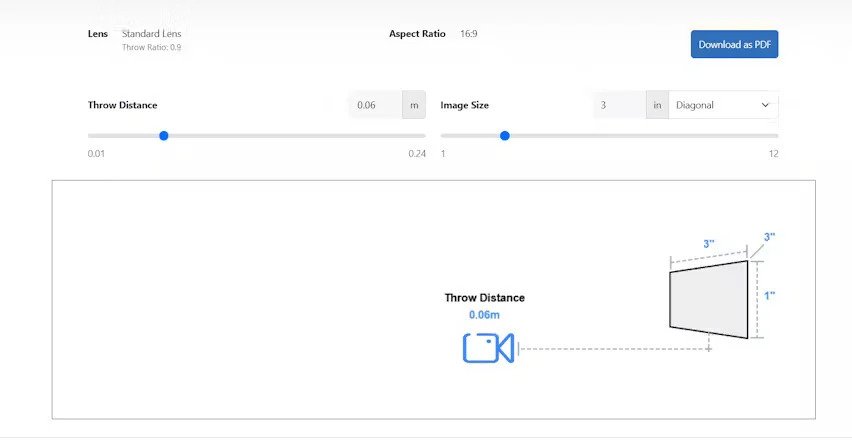



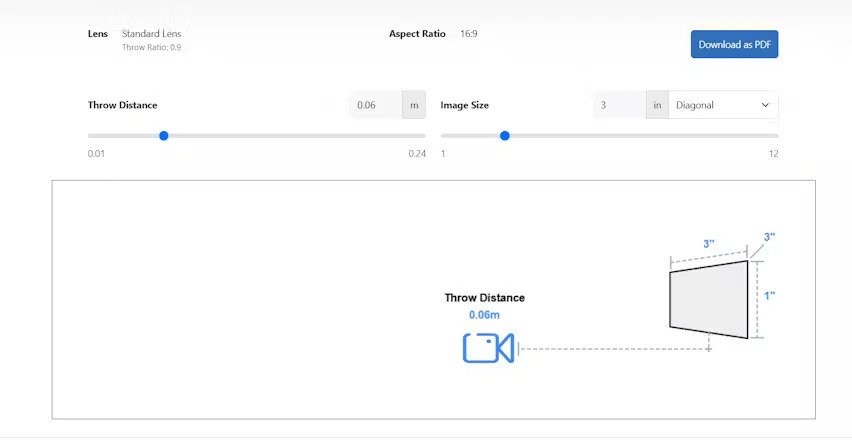
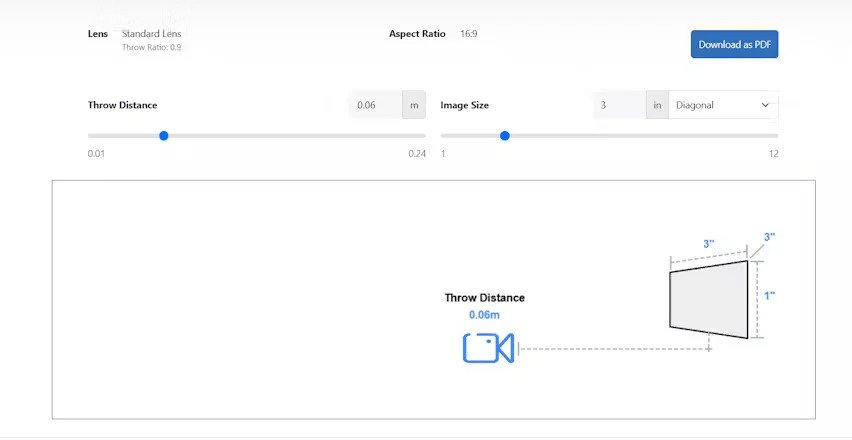

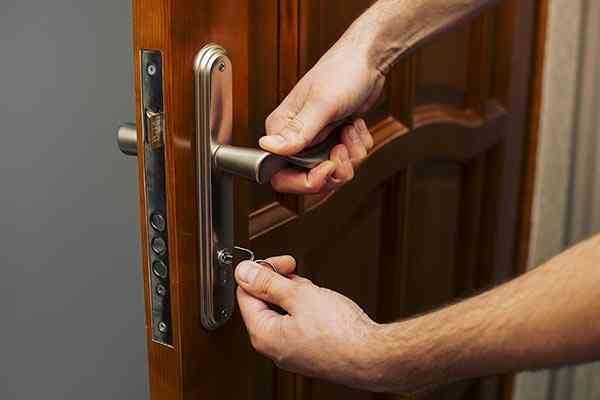
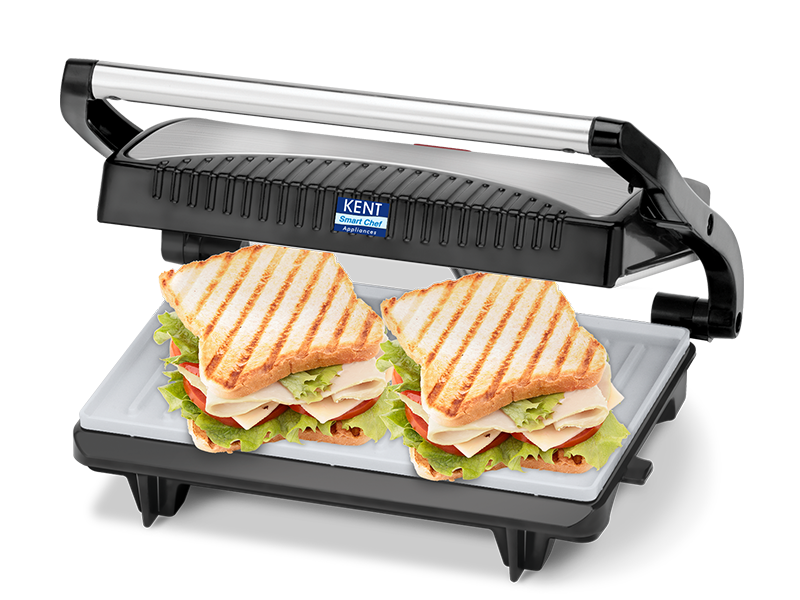

Leave a Reply